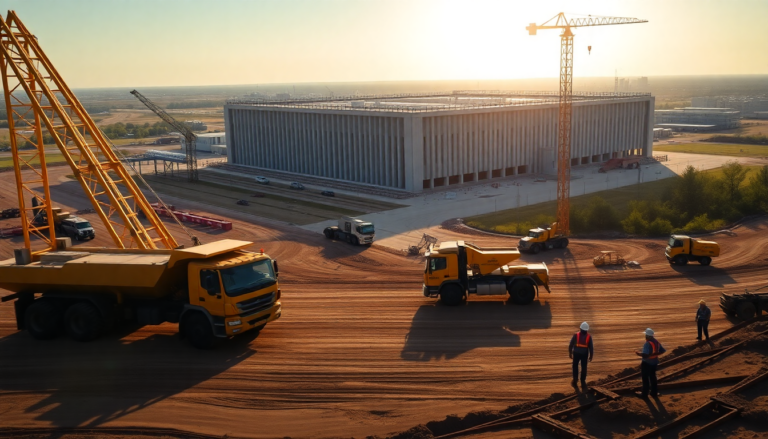Argomenti trattati
Samsung’s ambitious plans to launch its new chip fabrication facility in Taylor, Texas, are hitting some bumps in the road. The primary challenge? A lack of demand for the chips they expect to produce. As the semiconductor industry evolves at breakneck speed, Samsung’s situation is a stark reminder of how crucial it is to align production capabilities with actual market needs. Construction on the fab began in 2022, with an initial investment of $17 billion—a figure that is projected to soar to $44 billion by 2024, largely thanks to substantial government subsidies. But now, the urgent task of securing buyers for its chips has become a pressing issue, potentially affecting their timeline for operations.
Market Overview and Current Challenges
The semiconductor market is currently a mixed bag, with demand fluctuating significantly, particularly for specific process nodes. Initially, Samsung’s Taylor fab was designed to produce chips using a 4nm process node. However, recognizing a shift in market needs, the company is now planning to upgrade to a more advanced 2nm process. This pivot, while strategic, isn’t without its complications. Insiders are reporting that local demand for the 4nm chips is lukewarm at best, raising questions about the viability of their original production plans.
As of March 2024, the construction of the Taylor facility is reportedly 92% complete. However, the timeline for when it will be operational has been pushed back from initial targets due to these demand issues. Such delays serve as a reminder of the semiconductor industry’s complexities, where production capabilities must align closely with market dynamics to ensure success.
Investment and Technological Upgrades
Samsung’s hefty investment in the Taylor fab underscores its commitment to staying competitive in the semiconductor arena. The company’s plans extend beyond just building the new facility; they also include enhancing their research and development operations. However, transitioning to the 2nm process node is no small feat—it demands significant capital and time to equip the plant with cutting-edge technology.
The investment in advanced equipment, like Extreme Ultraviolet (EUV) lithography machines, represents a major financial commitment. With TSMC continuing to dominate the market, operating at full capacity in its Arizona fab, Samsung has to navigate these technological hurdles carefully to avoid falling behind. The competition is fierce, and TSMC currently holds a commanding market share.
Future Predictions and Strategic Moves
Looking ahead, the success of Samsung’s Taylor fab hinges on the company’s strategy. Despite the current setbacks, Samsung remains optimistic about commencing operations by 2026. But they need to act quickly to mitigate the risk of losing ground to rivals like TSMC, which has secured contracts well into 2027. Additionally, geopolitical factors and trade tensions could further complicate Samsung’s operational capacity and market positioning.
As chip demand evolves, Samsung’s ability to adapt its production strategies will be crucial. The global semiconductor landscape is in a state of flux, and companies that can pivot quickly to meet changing consumer needs will emerge as industry leaders. Samsung’s experience and history in the market will be vital in navigating this complex environment, ensuring that the Taylor fab becomes a valuable asset rather than a costly liability.

